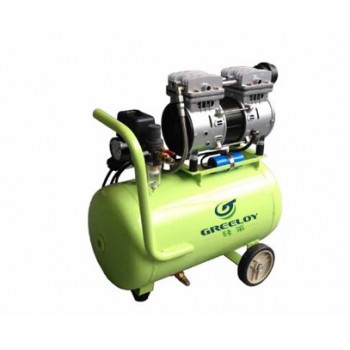No period in human history has seen as much technological development as the 20th century. During the first half of that century alone, people witnessed the introduction of automobiles, aircraft and countless products sold in stores that hail from factory assembly lines. The production for all of these things has largely been driven by compressed air, which has made it possible for workers at factories to assemble heavy, intricate items at speeds that would have been impossible a century before.
The history of air compressor use can be traced back thousands of years to when early civilizations discovered the power of the human lung. With its ability to exhale oxygen, the lung made it easier to build fires for cooking and keeping warm.
Sometime around 3000 B.C., developments were made in the branch of science known as metallurgy, which concerns the study of metal production. Among metalsmiths, it became apparent that hotter forms of air were needed to turn liquidized minerals like copper and gold into hard metals.
In light of the demands brought on by metal production, the limitations of the human lung became readily apparent. At its healthiest, the human lung is only capable of producing a fraction of the air pressure needed for cooling metal. Furthermore, lungs proved to be an unsuitable source for fire sustenance due to the carbon dioxide content in the air that humans exhale. Clearly, something more powerful and elaborate was needed for air production.
Bellows: The Prototype to the Air Compressor
The earliest man-made air device was the blowpipe, which metallurgists in Egypt used in the production of precious metals seen in ancient tombs. This was followed by manually operated bellows — the world’s first mechanical compressed air device. Consisting of a flexible bag, the device made compressed-air production a whole lot easier. The accordion-like device sucks air in through one side while extended, then pushes the air out through the other end when the handles are squeezed together.
Around 1500 B.C., the introduction of foot-operated bellows — safer to operate and without the strain factor to the arms and hands — allowed for a more practical way of producing air for metalworking. Bellows remained the standard in compressed air production for the next two millenniums. Even though bellows bear little resemblance to the modern-day oilless air compressor, they were capable of sustaining fires with enough heat to meld iron ores. Today, bellows are still used in certain applications, including breathing devices used in hospitals.
